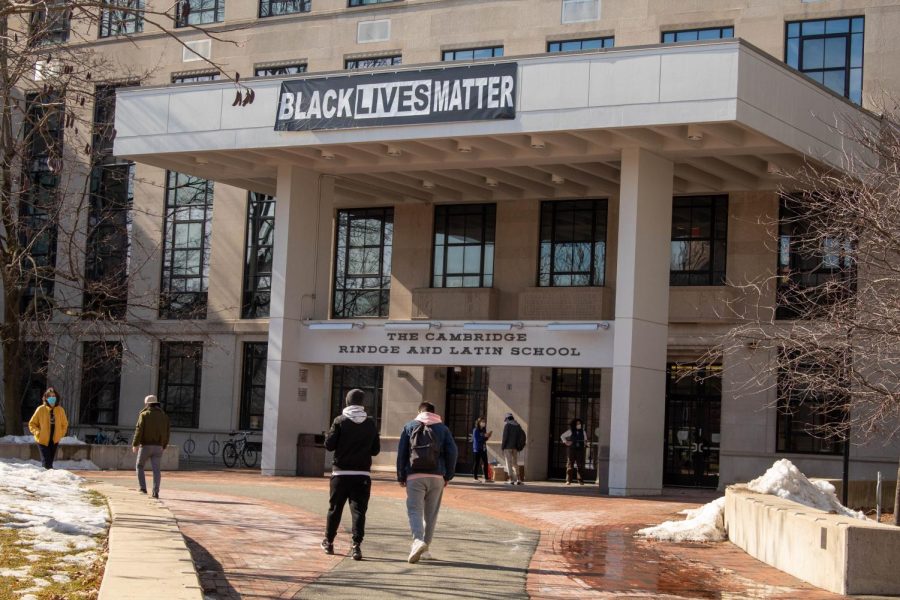CRLS Students and Staff Prepare for Return to Campus
Students who chose a hybrid model will return to the building on March 1st.
February 26, 2021
The reopening of school has posed a crucial question: will students actually want to come back? The answer is not entirely clear and is dependent on the person.
For some people, going back in person is the best option. Amy Zhou ’24 says, “I’m going back to school because I think we might learn better in person, but I’m still very cautious about safety.” To Zhou’s point, remote learning has proven to be a large challenge for students and teachers alike during the COVID-19 lockdown. Many students struggle with learning in Zoom classes, which has left a lot of students falling behind in their classes. The reasoning behind going back to school for most students is that they will now have a better connection with their teachers and classmates, which, in turn, would benefit their learning.
Comparatively, there are the students who are choosing not to go back, like Katrina Pallais ’24, who tells the Register Forum, “I didn’t sign up in person because in my situation it isn’t necessary.” For her, remote school is working. While she might benefit from going back to in-person school, she feels that it wouldn’t help her as much as other students. It is important because there are only so many students that are allowed to be in each of the classrooms now. If many had signed up to go back in person, CRLS would have had to enact their tiered plan, which prioritizes some students (those in special education, with failing classes, etc.) over others.
For others, health risks are a major factor in the decision to go back to the building. Lucy Schmitt ’24 explains,“My family is already at high risk with their own health problems and I’d rather just stay home and be safe than go to a school where a big risk looms over everyone.” For people who have high-risk health problems, school is not really an option. Even going out and being around people with careful precautions is a risk.
Despite the return to school being a huge strain on some teachers, others still believe in-person learning would benefit the community overall. 9th grade English teacher Mr. Tony Porreca says, “The context of a global pandemic has exposed and exacerbated the range of an already wide spectrum of student and family need, comfort level, preference, and inequity with regard to education in our local community. I believe that accommodating, as much as is safely possible, the needs, comfort levels, and preferences of individual students and families is in the best interest of our school.”
While there was prevalent inequity within CRLS before the pandemic, with remote schooling it has only gotten worse. The in-person return to school has the ability to minimize some of that inequity by giving access to resources that students may not have had at home. And, of course, there is a hope that in-person school will pave the way for all students to be able to go back as soon as possible.










